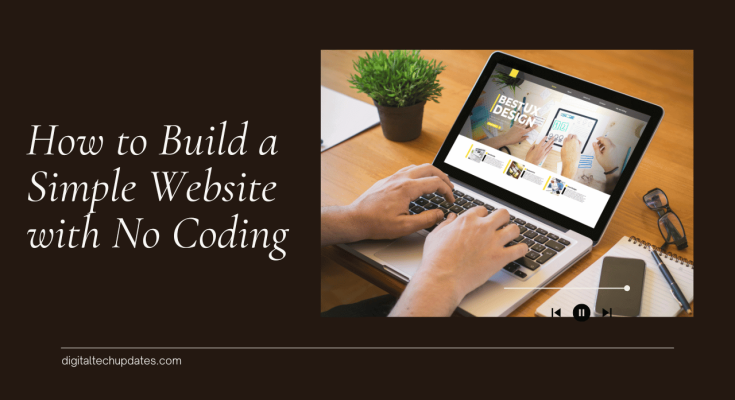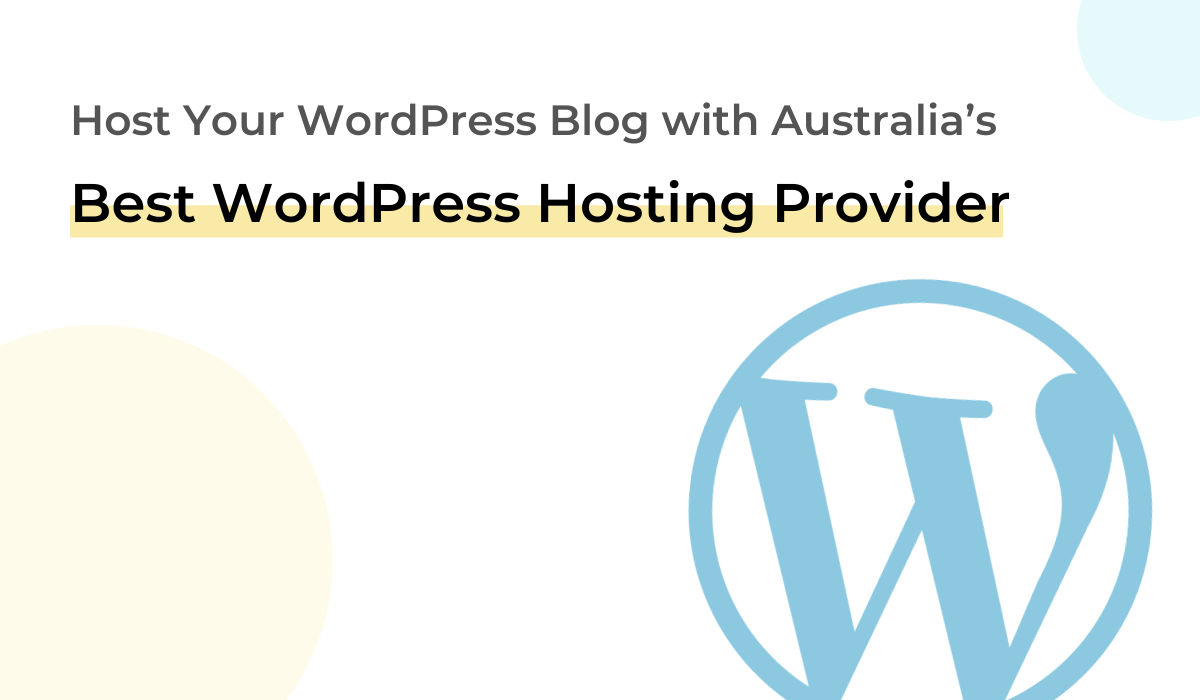In today’s digital age, having a website is essential for businesses, freelancers, and individuals looking to showcase their work. However, not everyone has the technical skills to code from scratch. Luckily, there are user-friendly platforms that allow you to build a stunning website without any coding knowledge. In this guide, we’ll walk you through the steps to create a simple website quickly and easily.
Step 1: Choose Your Website Builder
Before you start designing, you need to choose a website builder that suits your needs. Here are some of the most popular options:
1. Wix
- Overview: Wix is known for its drag-and-drop interface, making it incredibly easy to use.
- Key Features: Thousands of templates, customizable elements, and an extensive app market.
2. Squarespace
- Overview: Ideal for creative professionals, Squarespace offers beautifully designed templates.
- Key Features: Responsive design, integrated blogging tools, and e-commerce capabilities.
3. WordPress.com
- Overview: A versatile platform, WordPress.com is great for blogs and business websites.
- Key Features: A wide selection of themes, plugins for extended functionality, and strong community support.
4. Weebly
- Overview: Weebly is another drag-and-drop website builder that’s easy to navigate.
- Key Features: Built-in e-commerce tools, customizable templates, and integrated marketing tools.
5. Shopify (if you’re focusing on e-commerce)
- Overview: Best for online stores, Shopify provides everything needed to set up an e-commerce site.
- Key Features: Extensive app ecosystem, payment processing, and inventory management.
Step 2: Sign Up for an Account
Once you’ve chosen a platform, the next step is to sign up for an account. Most website builders offer free plans or trial periods. Here’s how:
- Go to the website of your chosen builder.
- Click on “Get Started” or “Sign Up.”
- Fill in your details (email, password) to create an account.
- Select a plan if prompted. You can start with a free plan and upgrade later as needed.
Step 3: Choose a Template
After signing up, you’ll typically be directed to choose a template or theme for your website. Here’s how to select the right one:
- Browse the available templates based on your website’s purpose (e.g., business, portfolio, blog).
- Preview templates to see how they look and feel.
- Select a template that resonates with your brand and aesthetic.
Tips for Choosing a Template:
- Look for a mobile-responsive design.
- Ensure the template aligns with your brand colors and style.
- Check for customization options that fit your needs.
Step 4: Customize Your Website
Now comes the fun part—customizing your website! Here are some key areas to focus on:
1. Edit Text and Images
- Click on text boxes to edit the content.
- Replace images with your own or select from the platform’s stock photo library.
2. Add Pages
- Create essential pages like Home, About, Services, and Contact.
- Most builders allow you to easily add pages through their dashboard.
3. Adjust Layout
- Use the drag-and-drop feature to rearrange elements on the page.
- Ensure a logical flow and easy navigation for users.
4. Customize Colors and Fonts
- Choose a color scheme that reflects your brand identity.
- Select fonts that are easy to read and maintain consistency across your site.
Step 5: Add Essential Features
Depending on your website’s purpose, you may want to add specific features:
1. Contact Form
- Include a contact form so visitors can easily get in touch with you.
2. Social Media Links
- Link your social media profiles to encourage visitors to follow you.
3. Blog Section
- If relevant, add a blog section to share updates, news, or articles related to your niche.
4. E-commerce Functionality (if applicable)
- For online stores, set up product listings, payment methods, and shipping options.
Step 6: Optimize for SEO
To help your website rank higher in search engine results, it’s important to optimize for SEO:
1. Use Relevant Keywords
- Identify keywords related to your content and include them in headings, text, and image alt tags.
2. Write Meta Titles and Descriptions
- Create compelling meta titles and descriptions for each page to improve click-through rates.
3. Optimize Images
- Compress images to reduce loading times and use descriptive file names.
4. Create a Sitemap
- Most website builders automatically generate a sitemap, which helps search engines index your site.
Step 7: Preview and Publish Your Website
Once you’re satisfied with the design and content, it’s time to preview and publish your website:
- Preview Your Site: Check how your website looks on different devices (desktop, tablet, mobile).
- Make Final Adjustments: Ensure everything is functioning correctly, including links and forms.
- Publish Your Site: Click the “Publish” button and follow any prompts to make your website live.
Step 8: Promote Your Website
After publishing, it’s time to promote your website:
- Post your website link on your social media profiles to reach a wider audience.
2. Email Marketing
- Send out newsletters to inform subscribers about your new website.
3. Join Online Communities
- Engage in forums or groups related to your niche and share your website.
Conclusion
Building a simple website with no coding is entirely achievable with the right tools and steps. By following this guide, you can create a professional-looking website that showcases your brand and engages your audience. So, what are you waiting for? Start building your website today and take your first step toward establishing an online presence!




